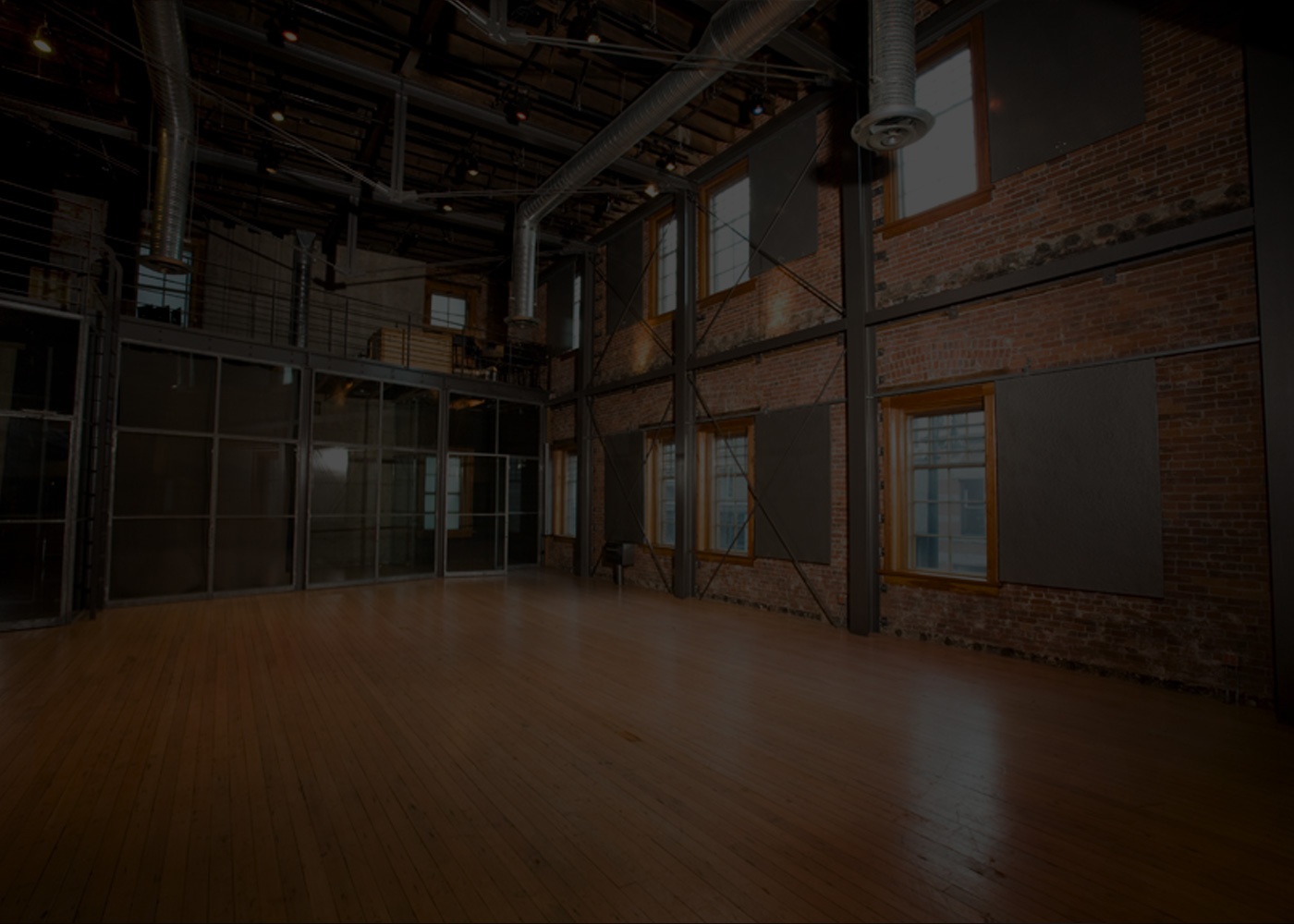
The Canadian commercial real estate market could be facing a huge threat in the form of increasing interest rates. Economists for Canada’s top banks fear that these quickly rising rates may topple the housing market in Canada.
Commercial real estate risks
TD Economics research department claims that higher interest rates are the number one risk for Canada’s commercial real estate market. These developments include the rise in Canadian 10-bond yields and U.S. Treasuries as a reaction to current market uncertainty.
Market uncertainty began in November 2016 as a result of the 2016 U.S. election. Multiple economists working at Canada’s major banks have predicted high-interest rates being a response to the U.S. political climate.
Commercial property investors have already taken a hit from rising interest rates last year. Real estate prices rose quite high, while rents remained stable. Last year most in the commercial market could absorb those high costs. Now, however, that margin for absorption is dwindling.
These trends will most affect investors in Toronto and Vancouver’s commercial market. The office sector is also now estimated to be below historical averages, another threat.
Threats to the housing market
The Canadian housing market is also facing threats as well. The market is likely to slow down within the next several quarters. This slowdown is estimated to come from recent increases in borrowing rates, as well as tightening federal mortgage regulations.
Canada’s major housing markets, however, have increased investor interest in commercial real estate assets. In Toronto, increased real estate jobs have contributed to higher demand for office spaces in the city.
Non-resident investors
BC’s foreign-buyer tax, a tax which applies to residential properties in the Metro Vancouver area, had an impact on non-resident investors. These investors chose to invest money elsewhere, and not in that area.
In 2016 the real estate market saw about 30% of its investment come from non-residents. This was a significant increase from the typical norm, which historically sits around 5%. The majority of this investment was based in Vancouver.
This foreign investment in Vancouver, as well as high investment in Toronto, will be impacted by raising rates, with the potential for investors opting to put money elsewhere.




